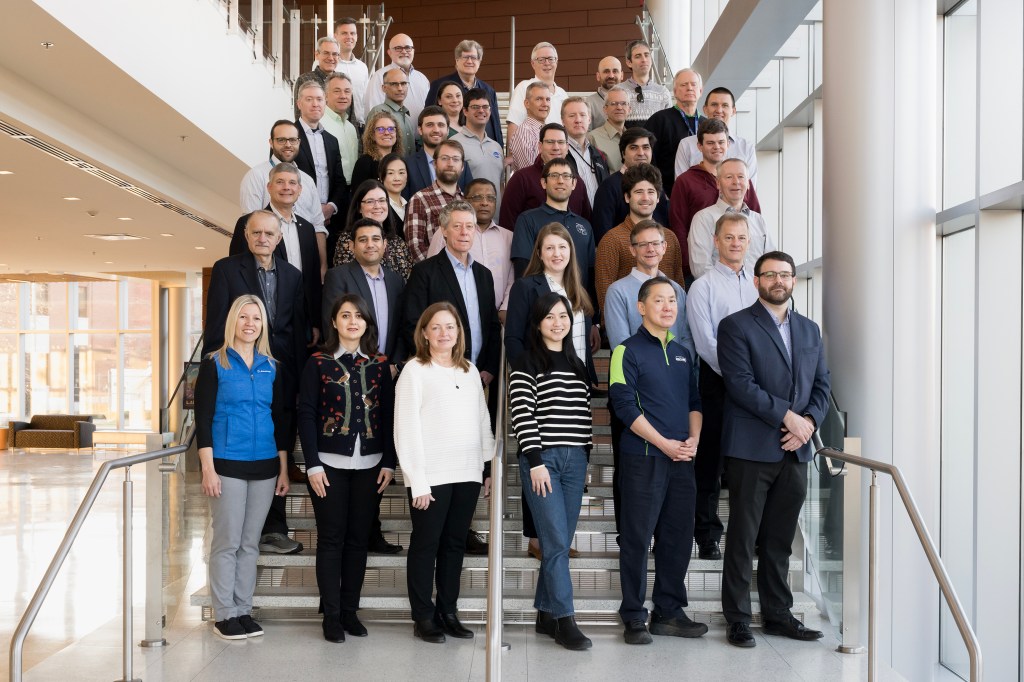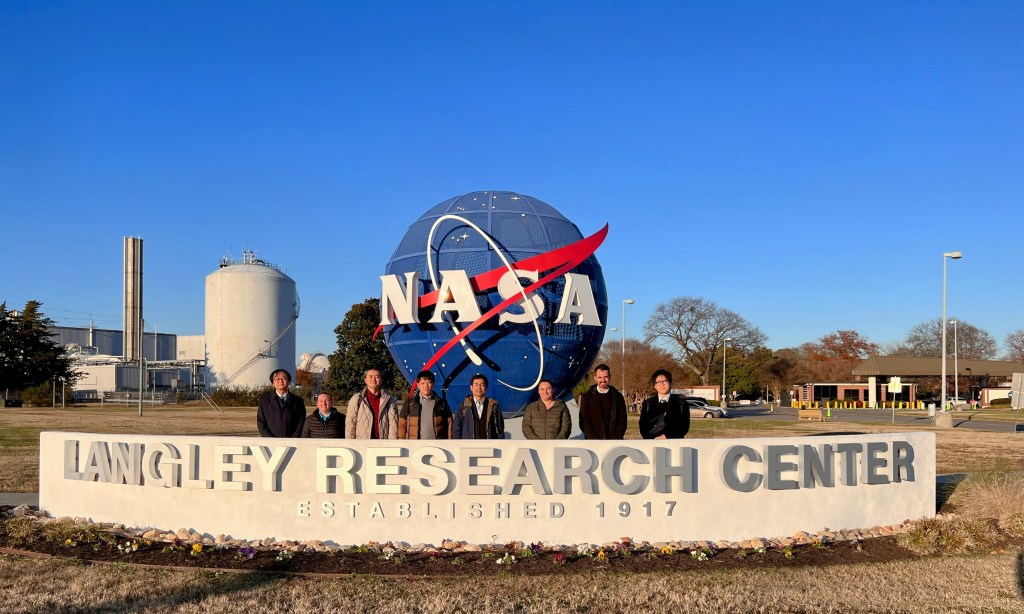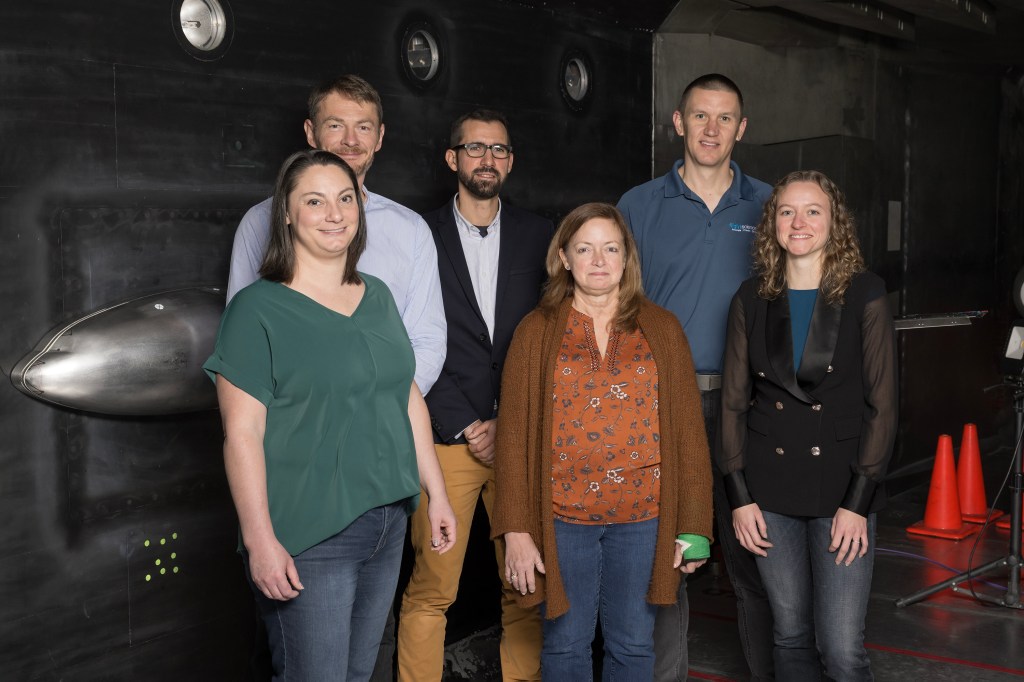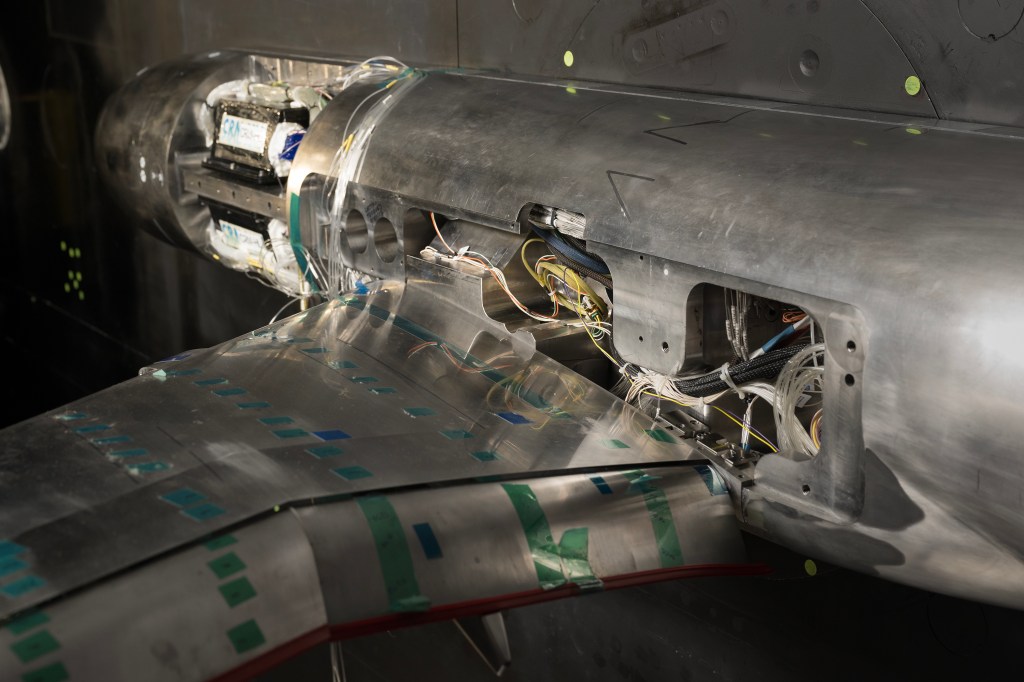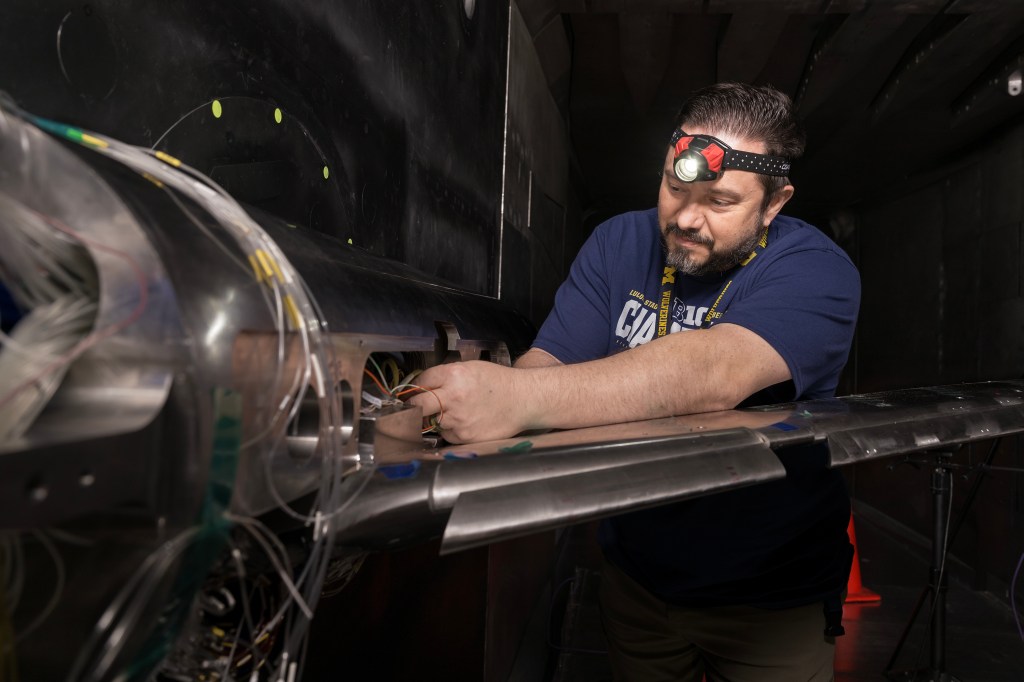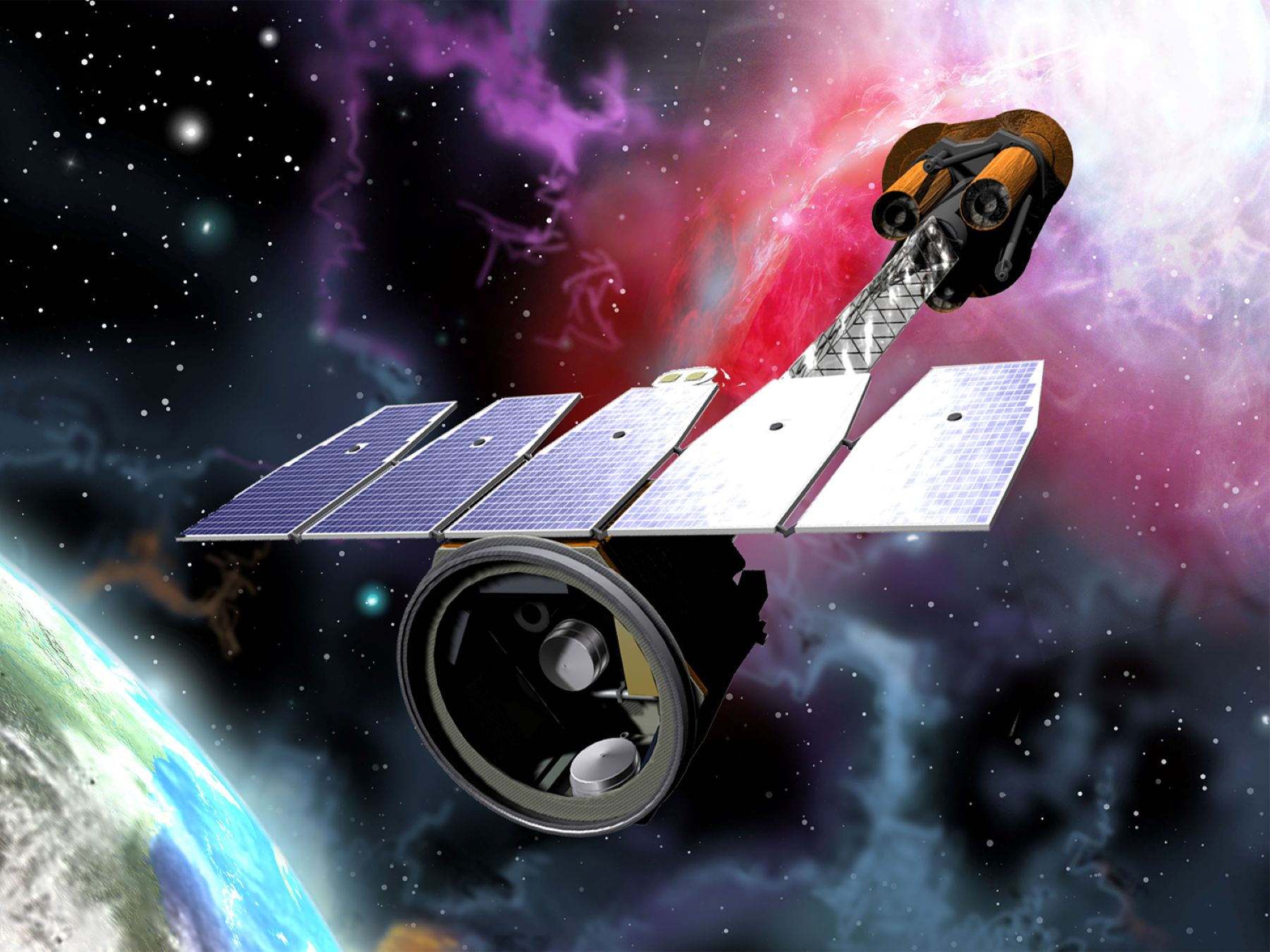Globetrotting NASA Research Model Increases Accuracy
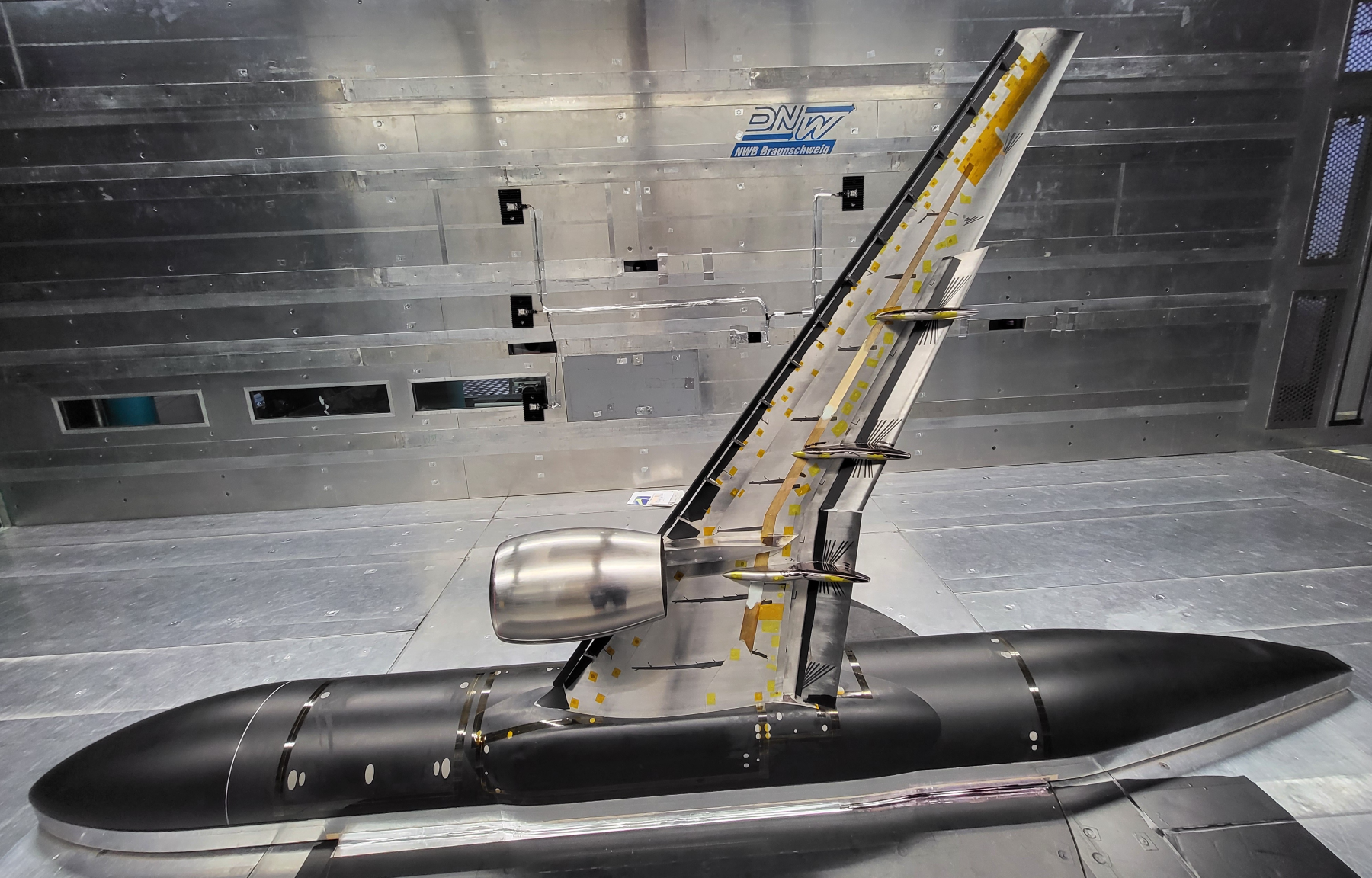
NASA and its international partners are using the same generically shaped wing design to create physical and digital research models to better understand how air moves around an aircraft during takeoff and landing.
Various organizations are doing computer modeling with computational tools and conducting wind tunnel tests using the same High Lift Common Research Model (CRM-HL), a NASA-led effort.
This ensures the aerospace community is getting accurate answers despite any differences in testing conditions or facilities.
What started as a voluntary partnership in 2019 has grown into the CRM-HL ecosystem with 10 partners across five countries. The team is building eight wind tunnel models, which will be tested at eight wind tunnels during the next three years.
What we are learning today would take us 10 years to do alone. The partners are using each other’s research for the mutual benefit of all.

MELISSA RIVERS
NASA Researcher
“What we are learning today would take us 10 years to do alone,” said Melissa Rivers, subproject manager in NASA’s Transformational Tools and Technologies project, which leads the CRM-HL research. “The partners are using each other’s research for the mutual benefit of all.”
The team will define and assess common wind tunnel conditions in more than 14 tests across the globe.
“Through this research, we are learning about differences that occur when we build and test several identical airplane models in multiple wind tunnels,” Rivers said.
Researchers can use data from these wind tunnel tests to then check if the research tools using computational fluid dynamics are accurately predicting the physics of an aircraft.
“The computer simulations and computational fluid dynamics tools are key contributions from this international partnership,” said NASA’s Mujeeb Malik, a lead researcher for the project. “The runs [tests] are critical to figuring out what we do not know and determining what we want to test.”
The partners are developing a standard way to communicate their data so that everyone can better compare the results from their models and wind tunnel tests.
NASA also is developing a cloud-based solution to give each partner access to the data and foster collaboration.
Play Video
This silent, 20-second video shows a computer simulation of air flowing over a 5.2% scale of NASA’s High Lift Common Research Model wing design. The color key at lower right indicates the speed of the air.
NASA
Expanding Collaborations with Common Research Models
This high lift research effort builds on the success of a previous Common Research Model effort focused on transonic speeds.
Between 2008 and 2014, many organizations built their own versions of NASA’s model. They then tested the models in tunnels around the world.
The transonic model helped the community better understand the physics of aircraft at cruise. The current high lift model focuses on the takeoff and landing portions of flight when the aircraft is flying slower than at cruise.
Since there are more wind tunnels that can run low-speed tests, more partners can participate in the current collaboration.
The partners working on the CRM-HL span five countries – United States, United Kingdom, France, Germany, and Japan and include:
- NASA
- German Aerospace Center
- National Office for Aerospace Studies and Research, the French Aerospace Lab
- JAXA (Japan Aerospace Exploration Agency)
- European Transonic Wind Tunnel
- Aerospace Technology Institute
- Boeing
- Kawasaki Heavy Industries
- QinetiQ
- Airbus
